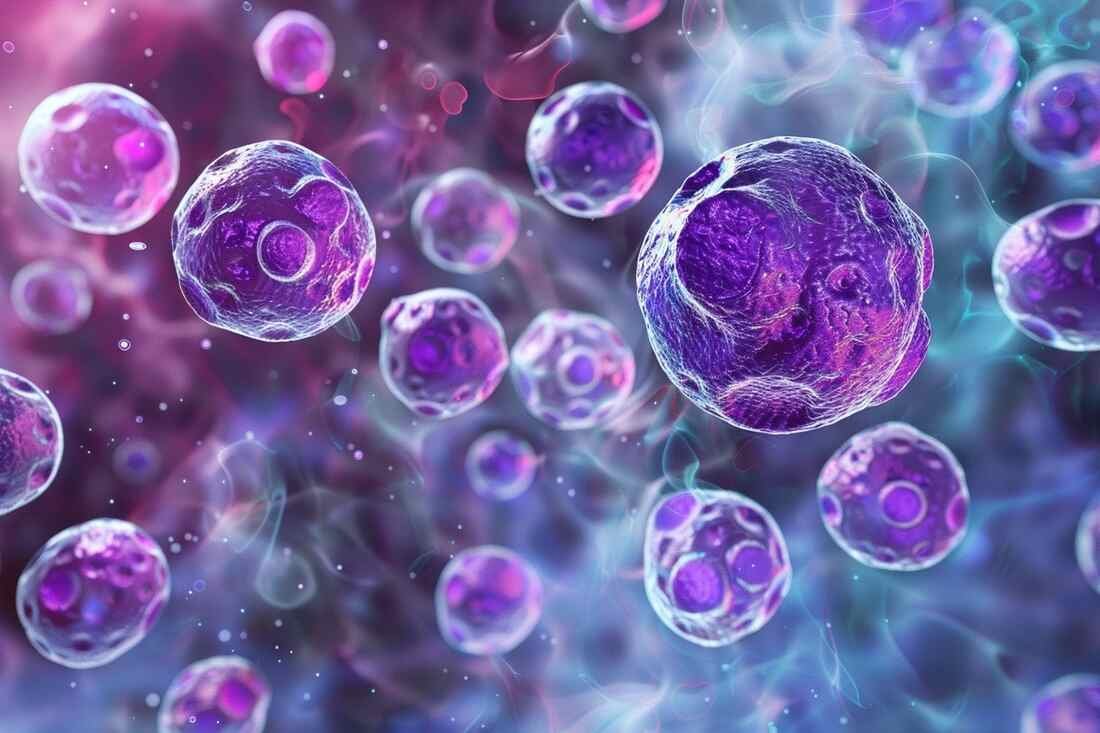Brucellosis
Brucellosis is a widespread disease throughout the world affecting most species of mammals, including ruminants, domestic and wild as well as humans. In animals, brucellosis results in abortions, reduced fertility and milk losses, which can involve significant economic losses. In addition, any animal or herd that is not certified brucellosis-free cannot move freely around the world. Because of this major economic challenge and the risk to human health, government is involved at the forefront in monitoring and combating brucellosis.
What is Brucellosis?
Brucellosis is an animal disease that can be transmitted to humans (zoonosis). It is caused by bacteria of the genus Brucella. This bacterial zoonosis is widespread throughout the world and can affect humans as well as most species of mammals, in particular domestic and wild ruminants, as well as suids (pigs and wild boars).
In animals
In animals, brucellosis can cause abortions, reduced fertility and milk loss. In addition, any animal or herd that is not certified brucellosis-free cannot move freely around the world. This disease can therefore be responsible for significant economic losses.
In humans
In humans, who become infected through contact with infected animals or by consuming raw dairy products, the disease results in intermittent fevers (including profuse night sweats), pain, headaches and/or weakness. It can progress to a chronic form that can induce serious osteo-articular complications in particular. Serious forms are exceptional and cases of death are very rare even in the absence of treatment.
Where is brucellosis prevalent?
Brucellosis is a disease of global distribution and importance. Only a few countries in northern, central and eastern Europe (France, Great Britain, Scandinavian countries, the Netherlands, Belgium, Austria, Switzerland), Canada, Japan, Australia and New Zealand are free from it in ruminants. In Europe, the Mediterranean countries and the Balkans are still affected by this disease.
The incidence of human brucellosis is estimated by the WHO worldwide at 500,000 new cases per year. In France, this disease is now rare, mainly contracted in third countries where the animal disease is insufficiently or not controlled, or from food imported from these countries.

David Bruce (centre), with members of the Mediterranean Fever Commission (Brucellosis). See page for author, source: https://wellcomeimages.org/indexplus/obf_images/a5/20/95da16f04714583a1a503321854a.jpg, CC BY 4.0, via Wikimedia Commons
How to prevent and avoid infection?
Transmission from animals to humans can occur through food or direct contact with the infected animal and its products (genital secretions, infected organs, contaminated manure or wool). The Brucella that can infect humans are mainly found in domestic cattle, sheep, goats and pigs.
The people most exposed to infection are those working in direct contact with infected animals: breeders, veterinarians, inseminators, slaughterhouse or rendering personnel. Similarly, brucellosis is one of the first infectious diseases contracted by laboratory personnel during veterinary or medical analyses.
Thus, hygiene and safety rules must be respected by all those who, through their work, come into contact with potentially infected products or animals: washing hands, wearing gloves, masks and glasses, etc
Regarding contamination through food, the main foods responsible for human brucellosis are raw milk and raw milk-based products (unripened cheese, butter, ice cream), contaminated and undercooked offal (liver, spleen), fruits and vegetables grown on soil treated with contaminated manure.
The control of contamination of food origin with Brucella passes either by the pasteurization or the sterilization of the milk, or by the use of raw milk coming from herds officially recognized as free from brucellosis.
Treatment
Specific antibiotic treatments are recommended by the World Health Organization (WHO) to combat brucellosis. But no vaccine is available yet.
Healing can take from a few weeks to several months, depending on the stage and severity of the disease. On the other hand, there is no official WHO recommendation for treating chronic brucellosis.
If the antibiotics currently used are still effective, some strains are beginning to develop resistance to these treatments, warn French researchers. Thus, the teams of Jean-Yves Winum from the Max Mousseron Institute of Biomolecules (IBMM) and Stephan Köhler from the Center for the Study of Pathogens and Biotechnology for Health, have demonstrated that it is possible to ‘inhibit the proliferation in the infected cell of the bacillus responsible for the disease.
Sources: PinterPandai, CDC, Mayo Clinic, WHO
Photo credit (main picture): author: David Bruce (1855–1931), Domaine public, Source: https://wellcomeimages.org/indexplus/obf_images/49/ba/90ae5284118a2d8c2fc755b8fec6.jpg Gallery: https://wellcomeimages.org/indexplus/image/L0020991.html via Wikimedia Commons
Main photo description: Milking goats in Malta, 1907. Slide photo by David Bruce.



